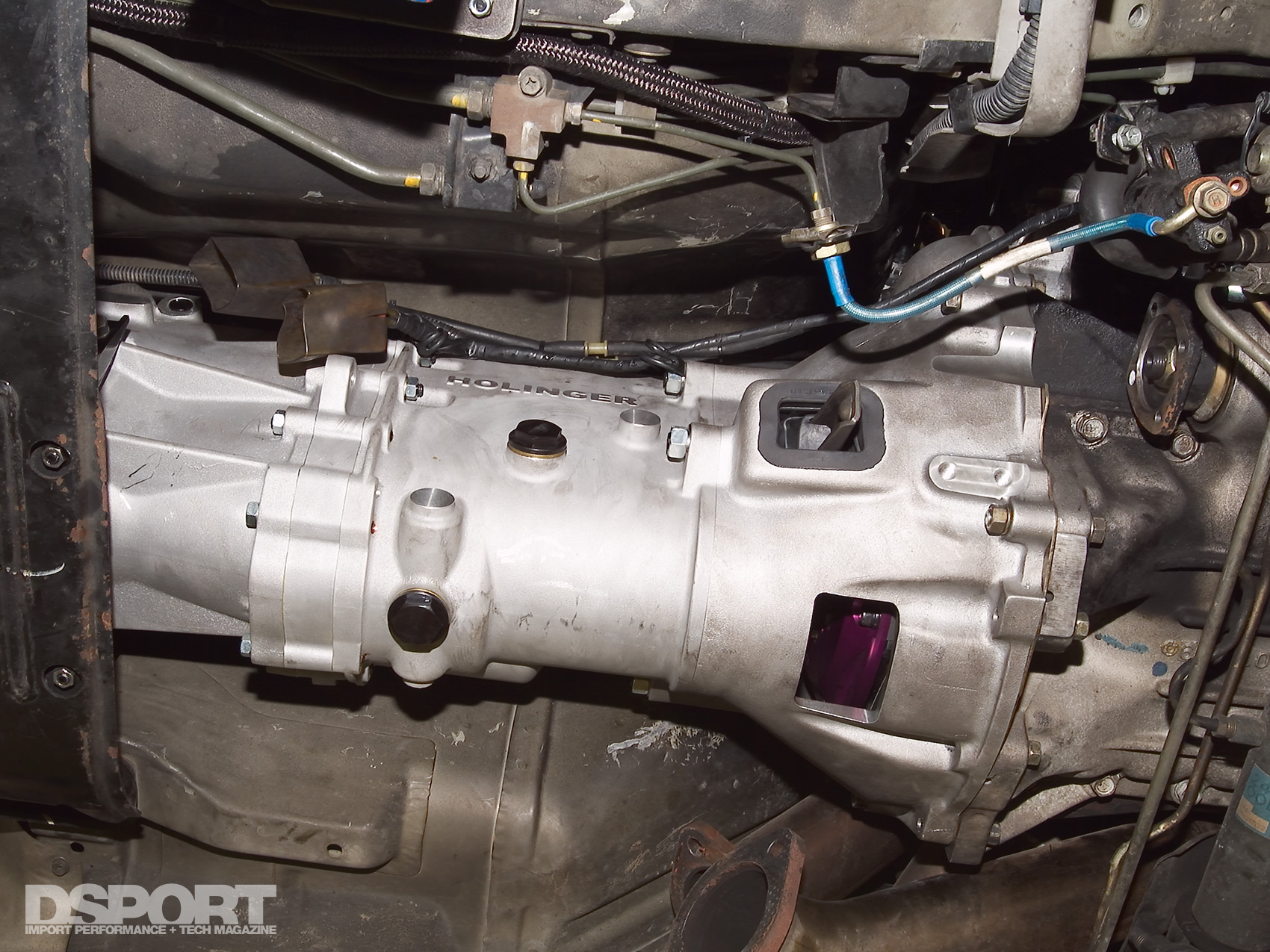

These clutches require only a brief moment to shift gears, meaning the engine is cut off from the wheel for much less time. They comprise small gears that rotate with the output shaft. Dog Clutches use two shafts that rotate at the same speed instead of a set of friction discs on a regular clutch.
#Sequential transmission driver#
Where the manual transmission uses the conventional H-pattern for the shifter, the sequential transmission’s shifter only moves forwards or backward.īy pulling and pushing the shifter, the driver changes the rotating speed between the input shaft coming from the engine and the output shaft going out to the differential and ultimately to the wheels.īefore we dig into how sequential transmission gets the wheels turning, we need to understand a few technical terms: The most obvious one is the moving pattern of the shifter. There are also some significant differences between manual transmissions and sequential transmissions.
#Sequential transmission drivers#
You might be surprised to learn that it is equipped with a clutch pedal, but racecar drivers only use it to get a good launch and hardly use it for shifting gears after that. But on a sequential transmission, you will have to go from 6th to 5th, 4th, and then 3rd. For example, if you want to shift from the sixth to third gear on a manual transmission, you will move the shifter from the 6th position to the 3rd position. There is no option to move directly from one gear to the other without going through the preceding or following gear. This transmission allows the driver to upshift and downshift rapidly, but the gears must be selected in the pre-set order. The sequential transmission shares its mechanism with the regular manual transmissions we see on our cars today. But they are not as noisy, and they have become more common on vehicles that never hit racetracks. DCTs, on the other hand, ensure quick and smooth shifting. They are much lighter than DCTs and are focused only on speed. Sequentials are more focused on high-speed shifting. Our car experts explain that both Sequential and DCTs have different applications.

However, dual-clutch transmissions have found their way to our everyday driving cars over the past few years. They were both designed for performance cars as they considerably saved precious milliseconds during shifting. DCTs, on the other hand, are quieter and smoother, allowing them to be used on everyday driven vehicles.īoth sequential and dual-clutch transmissions allow the driver to select the gear they require without a clutch pedal. They both focus on high-speed shifting, but sequential transmissions prioritize speed above all else. Sequential transmissions and DCTs have different applications. But their mechanism is different from each other. Sequential transmission and dual-clutch transmissions both ensure quick and smooth shifting between gears.


 0 kommentar(er)
0 kommentar(er)
